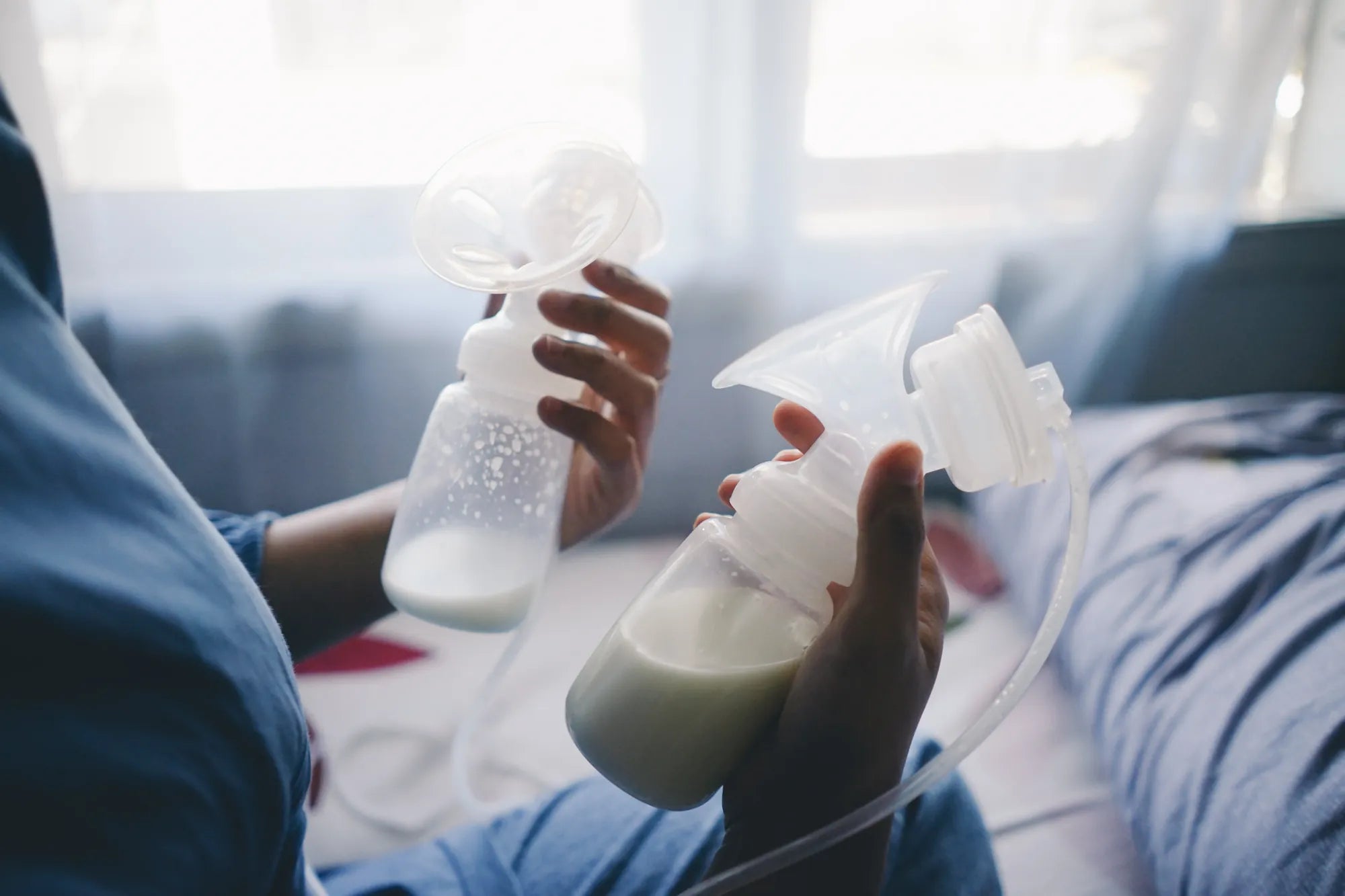Accueil
Pregnancy, Breastfeeding, and Pumping: The Ultimate Guide for Moms
How Much Breast Milk Pumps Out: Understanding Your Output

How Much Breast Milk Pumps Out: Understanding Your Output
For many new mothers, understanding how much breast milk pumps out can be a source of both curiosity and concern. Whether you're exclusively pumping or supplementing breastfeeding, knowing what to expect can help you manage your milk supply and ensure your baby is getting enough nourishment. This article delves into the factors that influence breast milk output, tips to maximize your pumping sessions, and how to interpret your results.
Factors That Influence Breast Milk Output
Several factors can affect how much breast milk pumps out during a session. These include:
- Frequency of Pumping: Regular pumping sessions can help maintain and even increase your milk supply. The more often you pump, the more milk your body is likely to produce.
- Time of Day: Milk production is often higher in the morning due to elevated prolactin levels. Pumping during this time can yield more milk.
- Hydration and Nutrition: Staying hydrated and eating a balanced diet can positively impact your milk supply. Dehydration or poor nutrition can reduce output.
- Stress Levels: High stress can inhibit milk letdown. Finding ways to relax before and during pumping can improve results.
- Pump Quality and Fit: Using a well-maintained pump that fits properly can make a significant difference in output. A poor fit or malfunctioning pump can reduce efficiency.
What Is a Normal Amount of Breast Milk to Pump?
The amount of breast milk that pumps out can vary widely from person to person. On average, mothers pump between 2 to 5 ounces per session, but this can fluctuate based on the factors mentioned above. It's important to note that pumping output is not always indicative of your baby's intake during breastfeeding, as babies are often more efficient at extracting milk than pumps.
Tips to Maximize Breast Milk Output
If you're looking to increase how much breast milk pumps out, consider the following tips:
- Pump Frequently: Aim to pump every 2-3 hours to mimic a baby's feeding schedule. This can help stimulate milk production.
- Use Hands-On Pumping: Massaging your breasts before and during pumping can help stimulate milk flow and increase output.
- Stay Relaxed: Create a comfortable and calming environment for pumping. Deep breathing or listening to soothing music can help.
- Double Pump: Using a double pump can save time and often yield more milk than single pumping.
- Monitor Your Output: Keep track of how much milk you pump each session to identify patterns and make adjustments as needed.
When to Seek Help
If you're consistently pumping less than expected or notice a sudden drop in output, it may be worth consulting a lactation consultant or healthcare provider. They can help identify any underlying issues, such as hormonal imbalances or latch problems, and provide personalized advice to improve your pumping experience.
Understanding how much breast milk pumps out is just one piece of the puzzle when it comes to feeding your baby. By paying attention to the factors that influence your output and implementing strategies to optimize your sessions, you can feel more confident in your ability to provide for your little one. Remember, every mother's journey is unique, and what works for one may not work for another. Stay patient, stay informed, and don't hesitate to seek support when needed.
Partager
